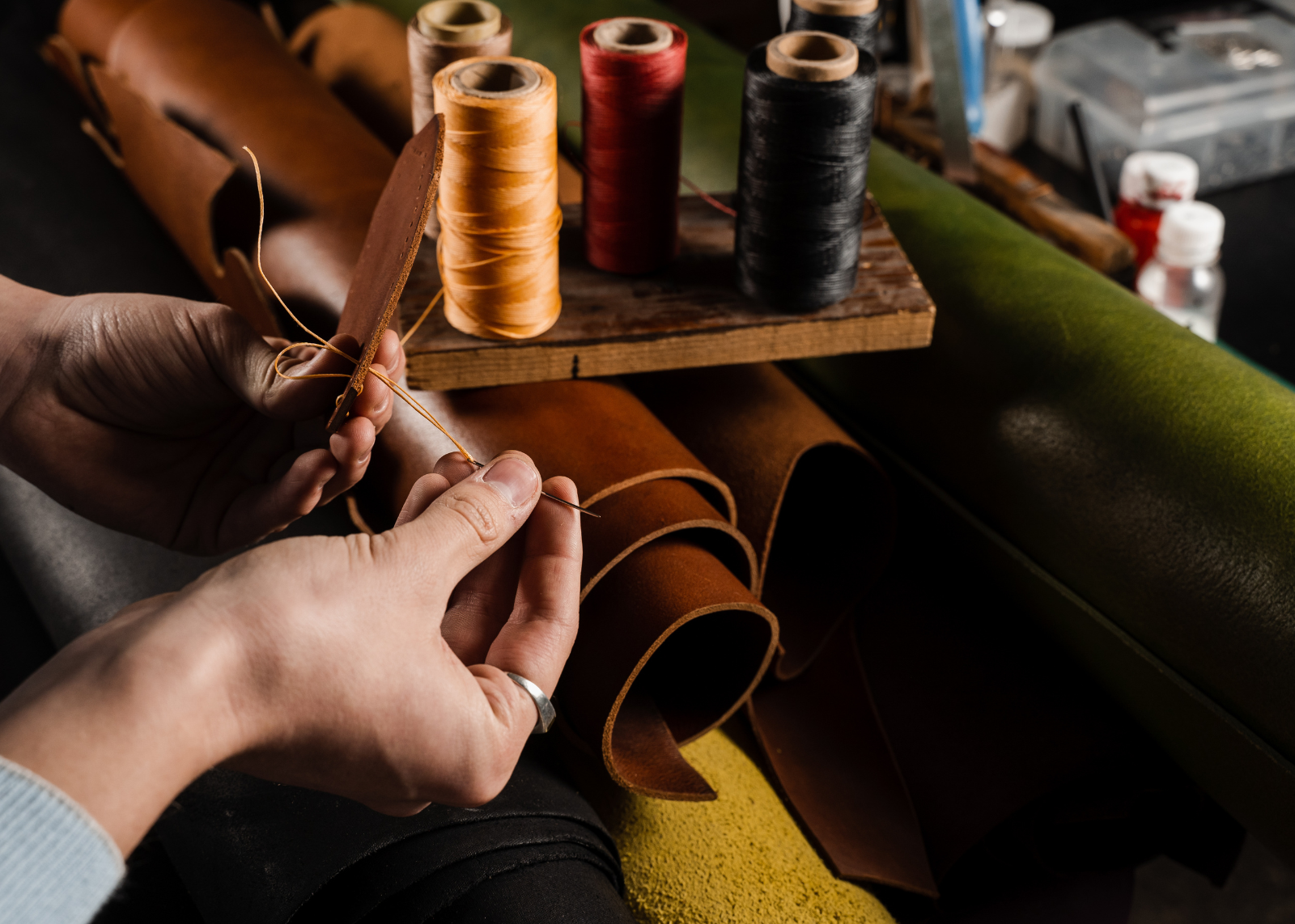The International Evolution of Clothing Stitching
Once upon a time, in the bustling streets of Paris, amidst the scent of freshly baked croissants and the chatter of fashionistas, the art of clothing stitching began its journey. It was an era of elegance and refinement, where every stitch held the promise of beauty and every garment told a story of style. From the haute couture houses of France to the ateliers of Milan and beyond, the evolution of international clothing stitching has been a tale of innovation, creativity, and timeless allure.
In the beginning, international clothing stitching was a craft practiced by skilled artisans in small workshops and ateliers across Europe. Techniques like hand-sewing, embroidery, and tailoring were passed down through generations, each stitch a testament to the mastery of the craft. From the sumptuous gowns of the French court to the tailored suits of English gentlemen, clothing stitching was both an art and a science, blending form and function in perfect harmony.
As the world entered the industrial age, the landscape of clothing stitching underwent a profound transformation, forever altering the way garments were produced, distributed, and consumed. The introduction of sewing machines marked a pivotal moment in the history of fashion, as it revolutionized the speed and efficiency of garment production, paving the way for the rise of mass-produced ready-to-wear fashion.
Before the advent of sewing machines, clothing stitching was a painstakingly slow and labor-intensive process, primarily done by hand with needles and thread. Skilled artisans spent hours meticulously crafting each garment, resulting in pieces that were tailored to the individual wearer’s measurements and preferences. This bespoke approach to tailoring was a luxury reserved for the elite few who could afford the time and expense of custom-made clothing.
However, with the invention of the sewing machine in the early 19th century, everything changed. Suddenly, what had once taken days or even weeks to complete could now be done in a fraction of the time. Sewing machines allowed for faster and more precise stitching, making it possible to produce large quantities of garments quickly and efficiently. This mechanization of the stitching process democratized fashion, making it accessible to a wider audience than ever before.
Mass production replaced bespoke tailoring as the dominant mode of garment production, as factories churned out clothing in unprecedented quantities to meet the growing demand of an increasingly urbanized and industrialized world. Ready-to-wear fashion, once considered a novelty, became the norm, as consumers embraced the convenience and affordability of off-the-rack garments.

The rise of fashion houses like Chanel, Dior, and Givenchy further transformed the industry, ushering in a new era of sophistication, glamour, and exclusivity. These couture houses elevated ready-to-wear fashion to an art form, blending craftsmanship, creativity, and luxury to create garments that were not just functional clothing but statements of style and status.
Chanel, with its iconic little black dress and timeless tweed suits, epitomized effortless elegance and modernity, revolutionizing women’s fashion in the process. Dior, under the visionary leadership of Christian Dior, introduced the “New Look,” a silhouette characterized by nipped-in waists, full skirts, and feminine glamour, setting the tone for post-war fashion. Givenchy, with its understated sophistication and impeccable tailoring, became synonymous with understated luxury and refined elegance.
These fashion houses not only shaped the way we dress but also influenced the cultural zeitgeist, capturing the imagination of the masses and setting the tone for global fashion trends. From the streets of Paris to the runways of New York, the influence of these iconic designers reverberated across the world, shaping the way we perceive and consume fashion.
In France, the epicenter of international fashion, trends were born on the runways of Paris Fashion Week. Designers like Coco Chanel and Yves Saint Laurent pushed the boundaries of traditional stitching techniques, introducing new silhouettes, fabrics, and embellishments that captured the imagination of the world. From the iconic little black dress to the revolutionary pantsuit, French fashion became synonymous with elegance, innovation, and avant-garde chic.
But perhaps the most significant influence of French fashion on the international stage lies in its ability to evolve with the times. As the world became increasingly interconnected through globalization and digital technology, French designers embraced new mediums like social media to showcase their creations to a global audience. Platforms like Instagram, Pinterest, and TikTok became virtual runways, where fashion enthusiasts could discover the latest trends, connect with designers, and express their style.
Today, the influence of French fashion on international clothing stitching is undeniable. From the streets of New York to the boutiques of Tokyo, the allure of Parisian chic transcends borders and cultures, inspiring designers and fashionistas alike to embrace elegance, sophistication, and individuality. Trends like the effortless “French girl” aesthetic, characterized by classic silhouettes, understated elegance, and a hint of nonchalance, have become global phenomena, shaping the way we dress and express ourselves.
But amidst the ever-changing landscape of international fashion, one thing remains constant – the magic of clothing stitching. Whether it’s a couture gown handcrafted in a Parisian atelier or a streetwear hoodie stitched together in a factory halfway across the world, every garment is a work of art, a testament to the creativity and ingenuity of the human spirit.
In conclusion, the industrial age marked a turning point in the history of clothing stitching, as sewing machines and mass production revolutionized the way garments were made and consumed. The rise of fashion houses like Chanel, Dior, and Givenchy further transformed the industry, ushering in a new era of sophistication, glamour, and exclusivity. Today, their legacy lives on in the ever-evolving world of fashion, where innovation, creativity, and craftsmanship continue to shape the way we dress and express ourselves.
So the next time you slip into your favorite dress or button up your trusty blazer, take a moment to appreciate the journey that brought it to life. From the humble beginnings of a spool of thread to the dazzling lights of the runway, the story of clothing stitching is a tale of passion, perseverance, and endless possibilities. And as long as there are needles, threads, and creative minds to wield them, the story will continue, weaving together the old and the new in a tapestry of timeless style and beauty.




